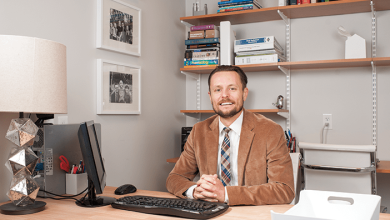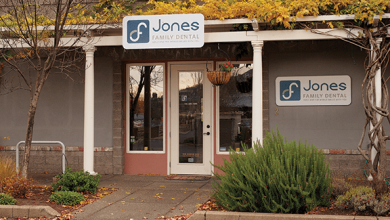I Have Sleep Apnea, Now What?
Now that you’ve had a sleep study and have been diagnosed with sleep apnea the severity of that diagnosis (severe, moderate, or mild), your dental and health history and preferences will determine treatment options. Often physicians will immediately offer a CPAP and that may or may not give you the help you need. This is where quality communication regarding CPAP usage and tolerance are crucial.
A good friend was recently sharing his frustration with a lack of counseling and information that was offered him. He was left on his own to research and ask questions to get the help he needed. This series of articles is meant to open that conversation and give you some avenues to explore to receive the help you need. I’ve divided this article conversation into two categories: treating the symptoms of sleep apnea, and treating the underlying cause of the apnea. Know that these solutions can be mixed or explored as needed depending on your individual needs.
Treating the symptoms of sleep apnea includes things like a CPAP (A machine worn on the face that can aid in breathing while sleeping). There are also dental appliances worn at night that can pull the lower jaw forward to open the airway and reduce apnea events – we offer this treatment. For mild to moderate sleep apnea oral appliances are equal to a CPAP in efficacy so long as they’re effectiveness is verified with a follow-up sleep study (We offer follow-up sleep studies). Other solutions that often help patients are nasal dilators, lip tape, and positional devices (forcing side or stomach sleep.)
Treatment of the root causes of sleep apnea would look at the actual airway and utilizing procedures to improve it permanently. This would include Ear, Nose, and Throat Specialists performing surgeries to increase nasal breathing volume and reduce airway resistance, In extreme cases, oral surgery to move the jaws forward to immediately increase the airway volume, soft tissue therapy with a Myo-functional Therapist to improve the function of the tongue and the soft tissues of the mouth, tongue tie release procedure to allow the tongue to suction to the roof of the mouth and stay out of the airway, and lastly, we can utilize a jaw expansion treatment using removable appliances such as the DNA appliance. This last technique can widen the upper jaw slowly and painlessly while also potentially pulling the lower jaw forward thus remodeling the airway. Although there are providers nationwide that offer this who are certified for this device, we are the only office in our area that is certified to use this appliance. We will do more articles on the specific treatments that we offer for sleep apnea at Jones Family Dental.
*A word of caution that I meant to offer with our first article on diagnosing sleep apnea:
Anxiety and sleep apnea are common partners. If you are suffering from anxiety and are not sleeping well, I recommend getting a sleep study prior to using anxiety medications or utilizing sleeping pills, as they can impair your body’s natural mechanisms to change positions or wake up to utilize accessory muscles to breathe and get the oxygen you need.



